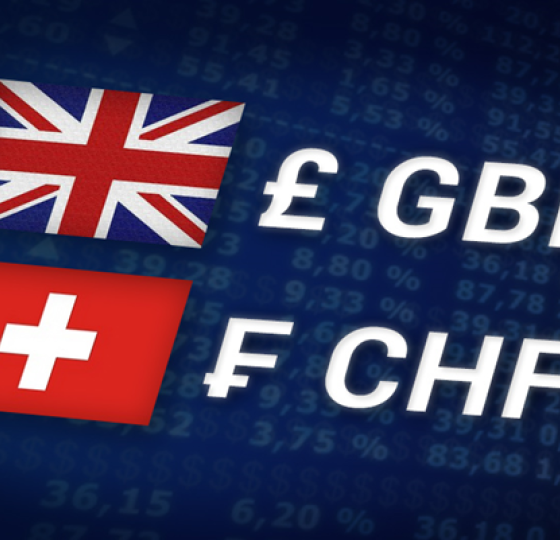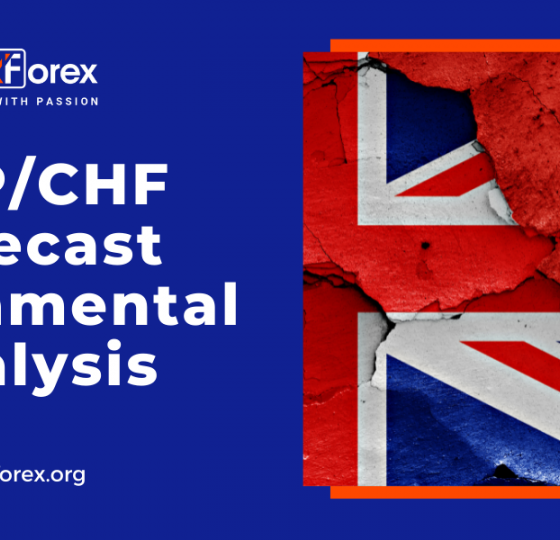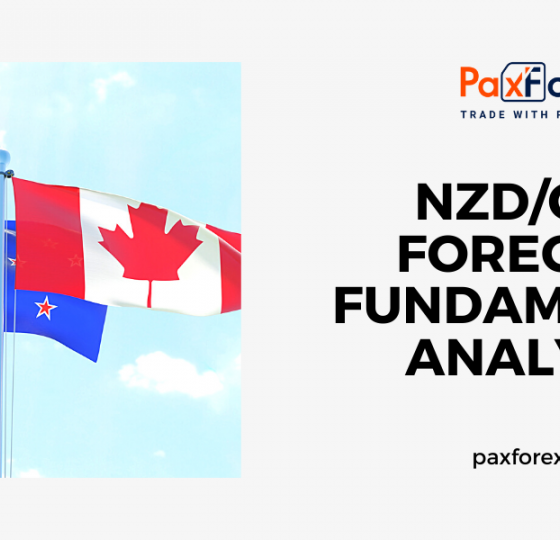
Source: PaxForex Premium Analytics Portal, Fundamental Insight
The New Zealand Global Dairy Price Index for the week ending March 19th, 2024 decreased by 2.8%. Forex traders can compare this to the New Zealand Global Dairy Price Index for the week ending March 12th, 2024, which contracted 2.3%.
New Zealand Westpac Consumer Confidence for the fourth quarter came in at 93.2. Forex traders can compare this to New Zealand Westpac Consumer Confidence for the third quarter, reported at 88.9.
The New Zealand Current Account Balance for the fourth quarter came in at -NZ$7.84B quarterly and -NZ$27.80B annualized, with the Current Account-to-GDP Ratio at -6.9%. Forex traders can compare this to the New Zealand Current Account Balance for the third quarter, reported at -NZ$11.47B quarterly and -NZ$30.58B annualized, with the Current Account-to-GDP Ratio at -7.4%.
The Chinese 1-Year Loan Prime Rate for March came in at 3.45%, and the Chinese 5-Year Loan Prime Rate was at 3.95%. Economists predicted a figure of 3.45% and 3.95%. Forex traders can compare this to the previous Chinese 1-Year Loan Prime Rate for February, reported at 3.45%, and the Chinese 5-Year Loan Prime Rate reported at 3.95%.
The UK CPI for February increased 0.6% monthly and 3.4% annualized. Economists predicted a rise of 0.7% and 3.5%. Forex traders can compare this to the UK CPI for January, which dropped 0.6% monthly and expanded 4.0% annualized. The UK Core CPI for February surged 0.6% monthly and 4.5% annualized. Economists predicted an acceleration of 0.7% and 4.6%. Forex traders can compare this to the UK CPI for January, which dropped 0.9% monthly and accelerated 5.1% annualized.
The UK PPI Input for February decreased by 0.4% monthly and 2.7% annualized. Economists predicted a rise of 0.2% and a contraction of 2.7%. Forex traders can compare this to the UK PPI Input for January, which dropped by 0.1% monthly and 2.8% annualized. The UK PPI Output for February rose by 0.3% monthly and 0.4% annualized. Economists predicted an increase of 0.1% and a contraction of 0.1%. Forex traders can compare this to the UK PPI Output for January, which decreased by 0.2% monthly and 0.3% annualized. The UK PPI Core Output for February increased by 0.2% monthly and 0.3% annualized. Forex traders can compare this to the UK PPI Core Output for January, which increased by 0.3% monthly and decreased by 0.3% annualized.
The UK RPI for February increased by 0.8% monthly and 4.5% annualized. Economists predicted a rise of 0.7% and 4.5%. Forex traders can compare this to the UK RPI for January, which contracted by 0.3% monthly and accelerated by 4.9% annualized. The UK Core RPI for February rose by 0.7% monthly and expanded by 3.5% annualized. Forex traders can compare this to the UK Core RPI for January, which decreased 0.4% monthly and expanded 3.8% annualized.
The forecast for the GBP/NZD turned bearish in the short term. Volatility could rise with the Tenkan-sen, Kijun-sen, and Ichimoku Kinko Hyo Cloud drifting higher amid a decrease in momentum. Traders should also monitor the CCI in extreme overbought territory. A breakdown could trigger a short-term price action reversal. Can bears overtake control in the GBP/NZD and force this currency pair into its horizontal support area? Subscribe to the PaxForex Daily Fundamental Analysis and earn over 5,000 pips per month.
Should price action for the GBP/NZD remain inside the or breakdown below the 2.0990 to 2.1100 zone the following trade set-up is recommended:
- Timeframe: D1
- Recommendation: Short Position
- Entry Level: Short Position @ 2.1060
- Take Profit Zone: 2.0660– 2.0755
- Stop Loss Level: 2.1150
Should price action for the GBP/NZD breakout above 2.1100 the following trade set-up is recommended:
- Timeframe: D1
- Recommendation: Long Position
- Entry Level: Long Position @ 2.1150
- Take Profit Zone: 2.1250 – 2.1300
- Stop Loss Level: 2.1100
Open your PaxForex Trading Account now and add this currency pair to your forex portfolio.













